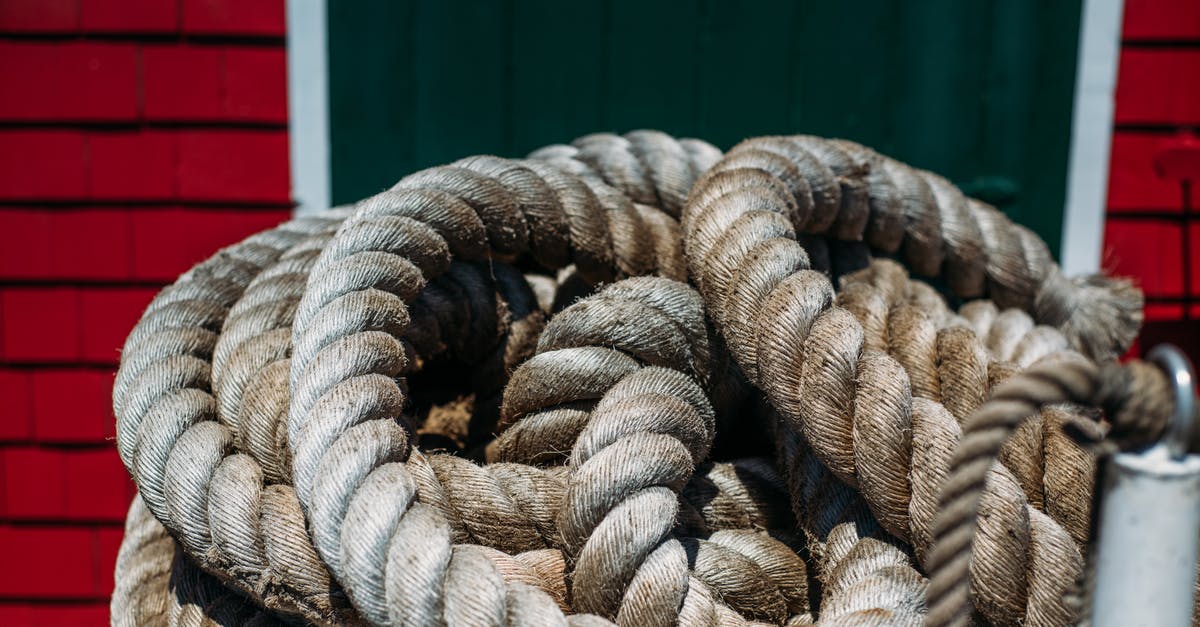Thick carbon layer on wok?

I just got a 100,000 BTU burner for wok cooking. Today when I used it, I got a very thick layer of carbon on the wok (see picture below). Is that normal? Should I remove it? If so, how?

EDIT - FINAL RESULT:
Ok so I took a combination of the advice here.
I used an old metal baby spoon to scrap as much of the loose carbon off as I could. Then I turned the wok burner up to high high heat and burned the crap out of the carbon. A lot of it actually turned liquid and I poured it out. What didnt' turn into liquid, loosened considerably and I was able to, with a hacking/chopping motion of the metal spoon, get all the thick carbon coating off. I was surprised how resilient the seasoning on the wok was, very little of the actual seasoning scraped off. Here's the wok after the burning/hacking with the spoon I used:

Next I used some very coarse sea salt and with my hand I scraped and scraped until the inside was smooth again. Then I wiped some grape seed oil on the wok where the seasoning and come off, and burned it over high heat with the burner. Below is the final result.

Best Answer
100k BTU sounds like overkill for a single burner unless your wok is HUUUUGE (like, fit to serve a large restaurant). I think that's related to your excessive carbon buildup. A little burned-on crap is normal, but that amount is a sign you're either putting in too much heat, or not keeping enough food moving around in it.
Carbon is... well it rhymes with "witch"... to remove. I've not seen it soluble in anything available outside a chem lab, and there are no easy tricks. Here are the removal methods I've seen:
Scrape it off. This is the standard for serious built-up carbon on pans (particularly ones used as smokers). Use a paint scraper or bench scraper, and steel wool. There are specialty tools for cleaning flat grills which have a flat, very sharp edge that work even better, but in a pinch even a stiff spatula will work. Yes, it's exhausting but it turns out to be surprisingly fast if you can pick a good scraping tool.
Burn it off, using the powerful burner or the self-cleaning cycle on an oven. Be prepared for a lot of smoke. Naturally, you'll have to re-season your wok, but this will remove some of the carbon.
I've HEARD people say they can get carbon off by repeatedly heat-shocking it. This means heating it as hot as possible and then dropping it into ice water. However, they talked about like 30 cycles, and it could render metal more brittle. Might be worth a shot?
Personally I'd either scrape the bejeezus out of it, or just ignore it.
Pictures about "Thick carbon layer on wok?"



What is the black coating on carbon steel wok?
The black color comes from the surface-hardening process during steel production and is a kind of iron oxide. Over time, a non-stick patina layer will be developed on the surface of such a wok.How do you remove carbon build up from a wok?
How to Clean ItHow do I get the coating off my carbon steel wok?
Wash the Wok vigorously, inside and out, in very hot water, using a small amount of liquid detergent and a scouring pad. Rinse and dry the Wok thoroughly. If the lacquer is still present on the Wok the surface will feel very smooth. When the lacquer is removed the surface should feel rough.What is the black stuff on my wok?
You may see some dark spots in the metal from impurities in the carbon steel but it is nothing to worry about. Wipe down the excess water with a paper towel and place the wok back on the burner to dry it with medium high heat.Use a Carbon Steel Wok Like a Pro
More answers regarding thick carbon layer on wok?
Answer 2
If the other methods fail, you should be able to get your wok to gleam as new. For this, you'll need to use a strong lye bath (sodium hydroxide). Leave it a day or two in a small glass or plastic tub (if plastic, brush a spot with lye first to make sure it doesn't dissolve), then remove and clean with lots of water. Both carbon and seasoning will be removed.
Be aware that this is a drastic solution, usually saved for when a pan has rusted below an improper seasoning. The lye doesn't have toxic fumes or similar, but if it comes in contact with your skin, it will cause serious chemical burns. Take extensive precautions (gloves overlapped by sleeves, safety glasses or at least ski glasses which cover from the side too). If there is a child or pet in the household, don't do it, unless you are able to lock the full tub somewhere (e.g. a garden shed).
Answer 3
Now let's get this right - if the burner is set up right, it shouldn't leave the soot on the wok, so the burner needs to be set leaner = more air, less gas.
Now, not much dissolves carbon. Sulphuric acid will do it, but it also tends to dissolve woks!
Solutions: adjust the burner to get more air in the flame - not a hint of yellow or sparkle, just blue flame.
For the wok - leave it out in the yard and let nature clean it. Getting a little rust off is a breeze compared to carbon deposits. If the carbon is a little tarry, you can sometimes get a lot off by wiping with corn oil, then cleaning that mess off with neat engine cleaner.
Answer 4
I burnt some stuff onto the surface of my wok and it was solid like a rock. I scrubbed it off by using a piece of "Wet and Dry" sand paper, about 400 grit. I wet the paper, put about a cupful of warm water in the wok plus a few drops of dish detergent. The Wet and Dry eats the hard carbon off like a starving horse eats grass and the detergent cuts the surface tension of the water. You can sand it right down to the original surface with no trouble. Be careful that you don't sand into the shiny metal. You can continue sanding with 1000 grit or finer and it will polish the steel surface beautifully. When finished to your requirements, wash with hot water and immediately dry and oil the wok. Season the wok again as soon as possible as the clean polished surface will begin to rust quickly. I clean my wok and all other burnt fry pans in this way and the results are wonderful. It is also very quick to do. My 18" wok took only 15 minutes to be returned like new ready for seasoning.
Answer 5
I put it over another wok with boiling water for 30 min. Makes scrapping a lot easier.
Answer 6
I bought a metal brush for a drill and used that to clean of carbon. I also put oil on a cast iron and burn it off to season it. It will prevent this type of carbon buildup in the future. Then use coarse salt and a rag to sand down the pan or wok after every use followed by a coating of oil. If the oil is giving time to burn off then it will stay clean and nice. Never, never use soap on any type of cast iron.
Answer 7
To remove carbon you can use sodium hydroxide (caustic soda) however it must be a very strong (high molarity) and constantly boiling. I've done it using an old sink and portable gas ring heater but do note this is very dangerous and I accept no liability for people trying this.
PS I'm an industrial chemist.
Sources: Stack Exchange - This article follows the attribution requirements of Stack Exchange and is licensed under CC BY-SA 3.0.
Images: ArtHouse Studio, Laura Stanley, Laura Stanley, Dexter Fernandes
